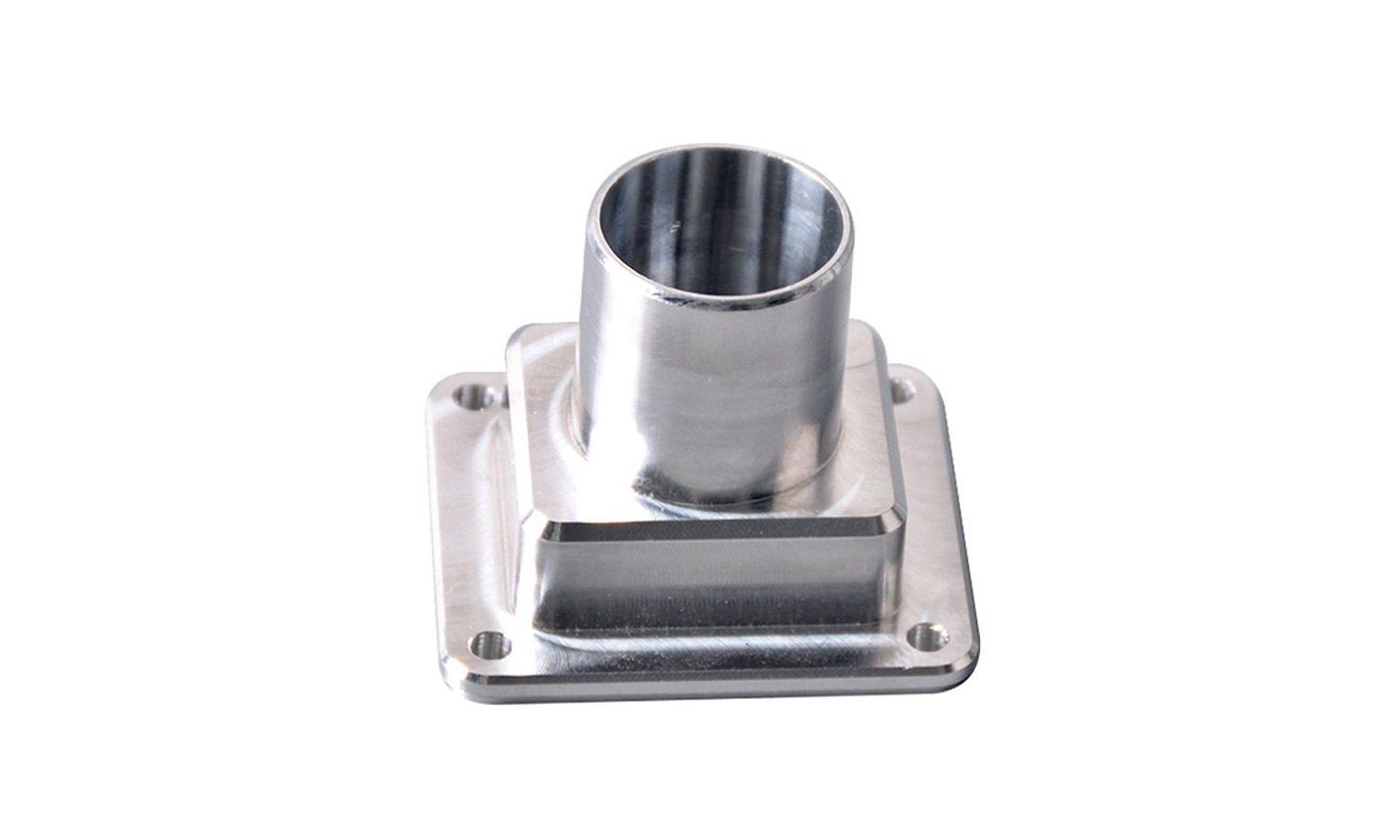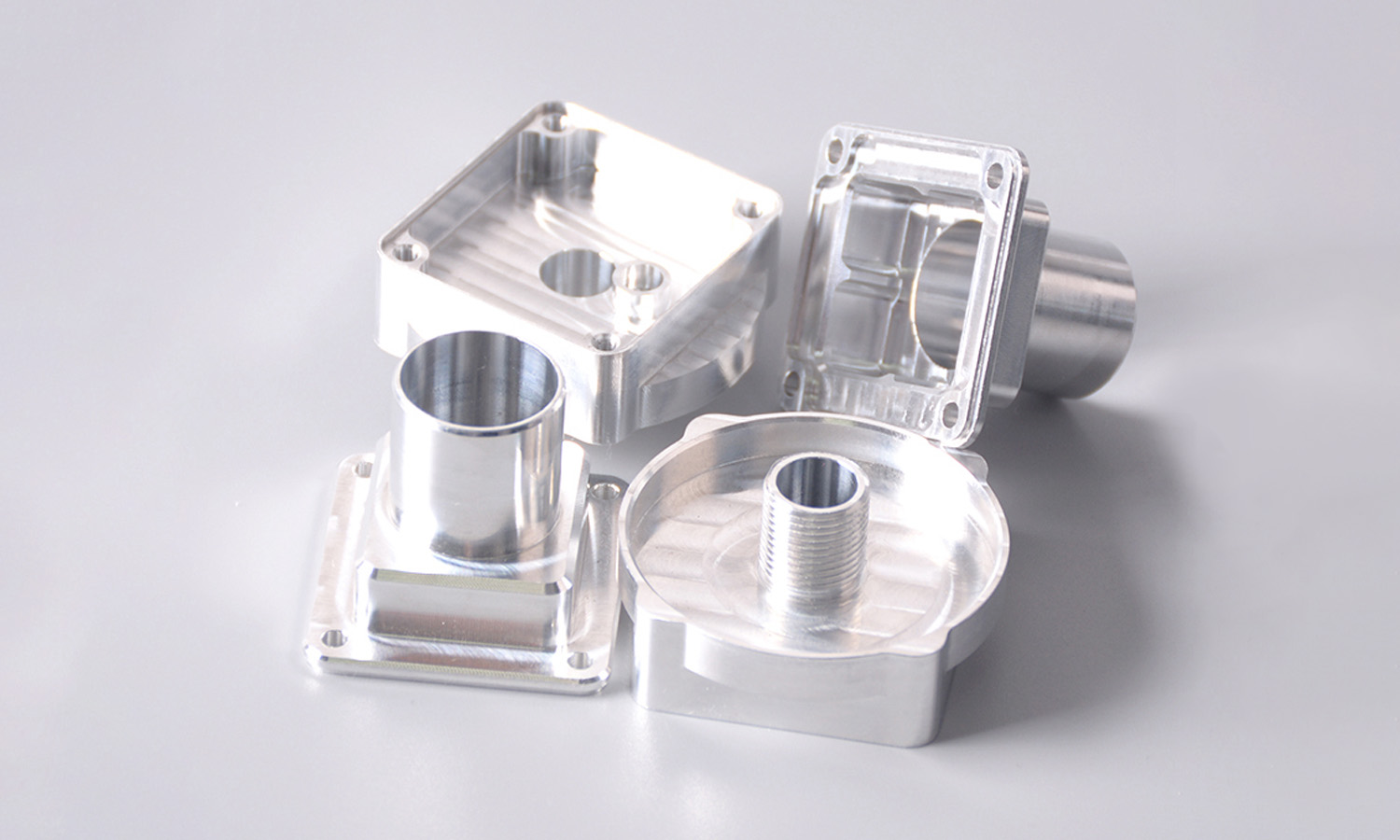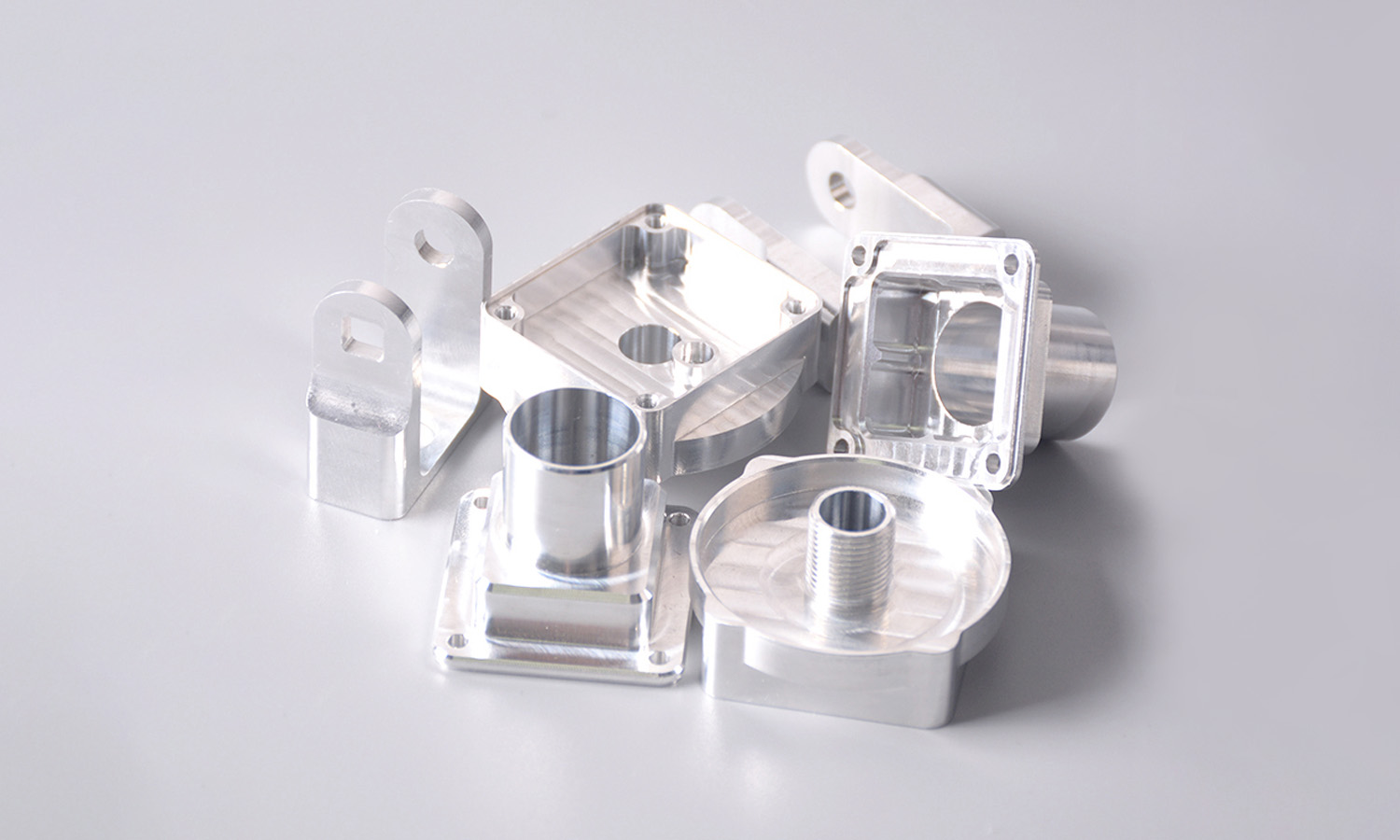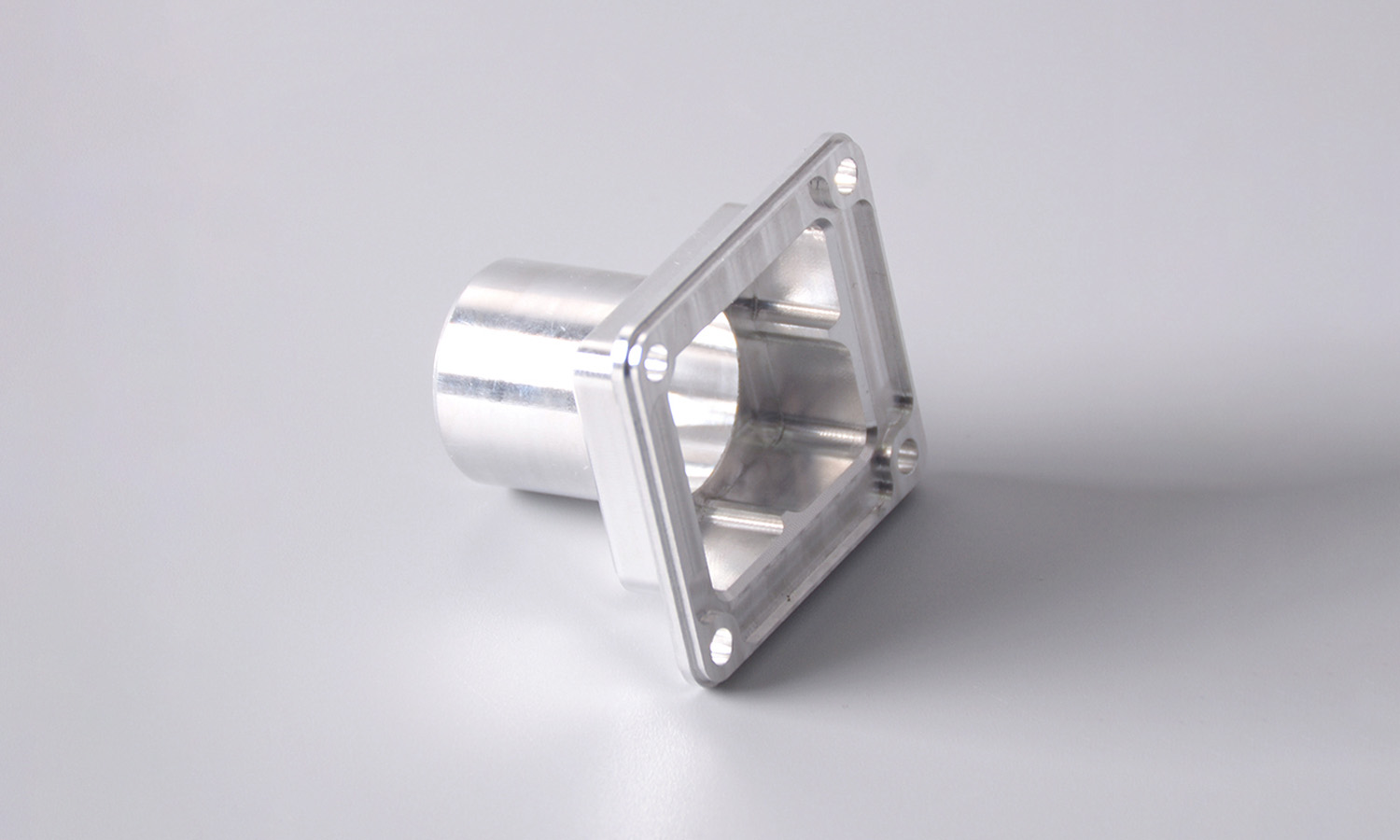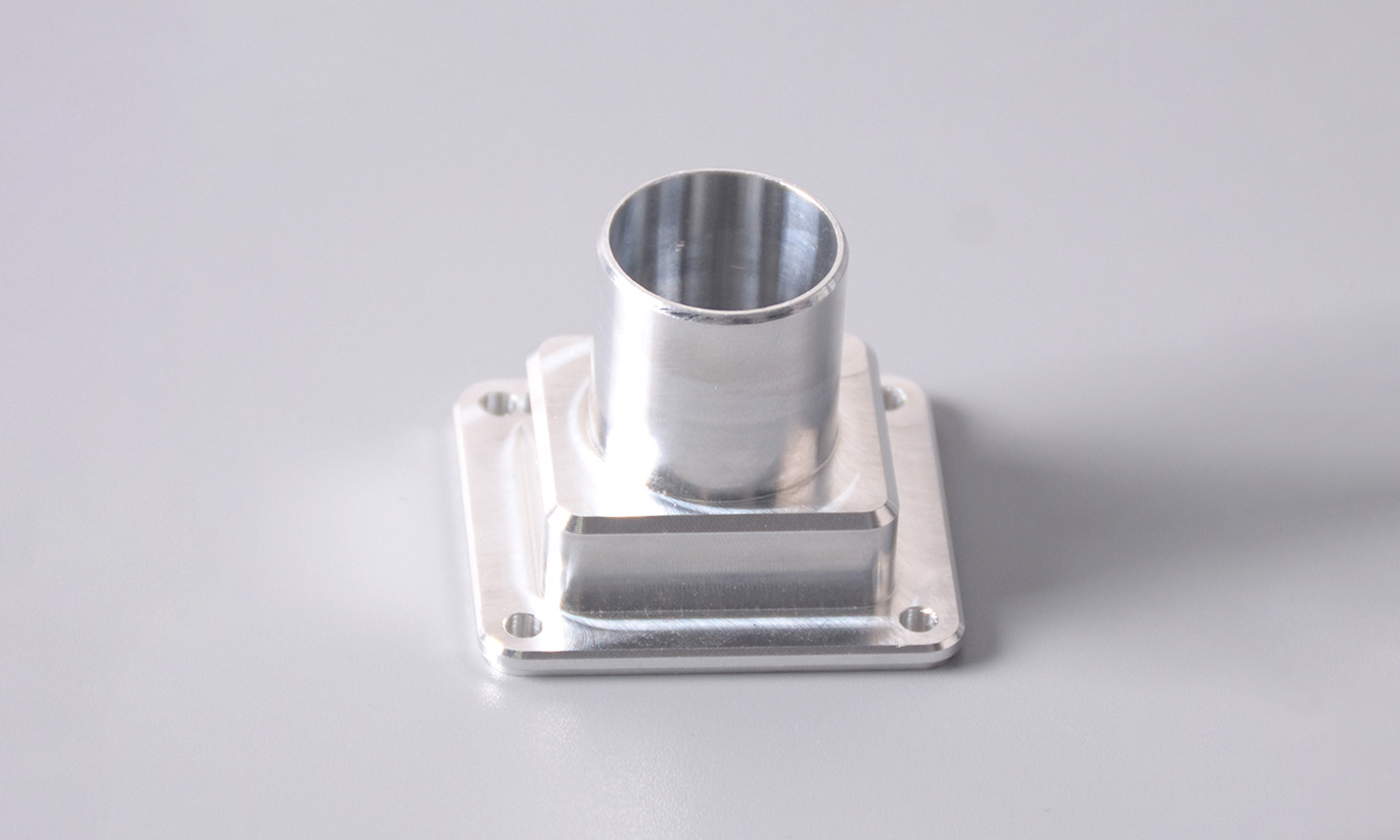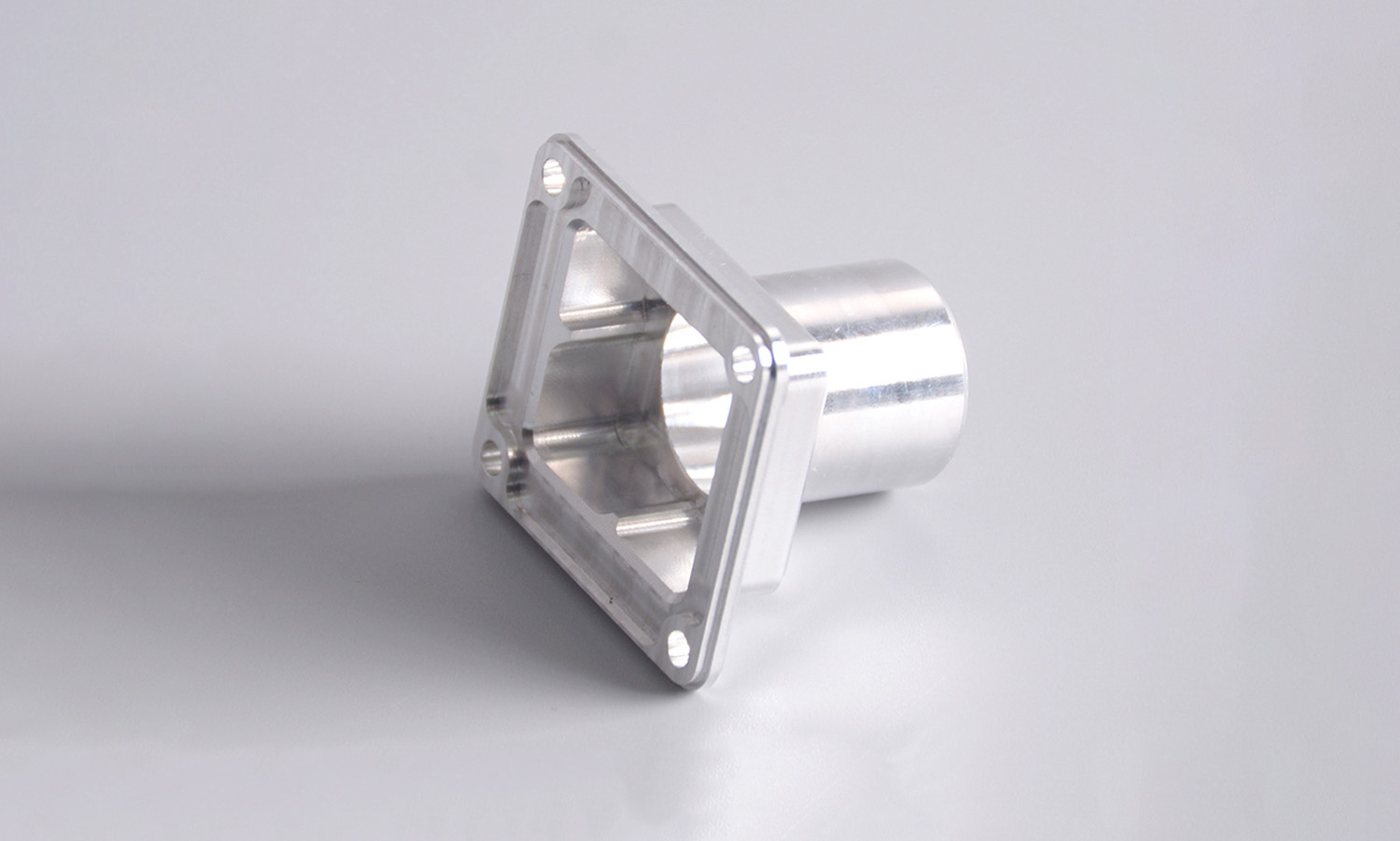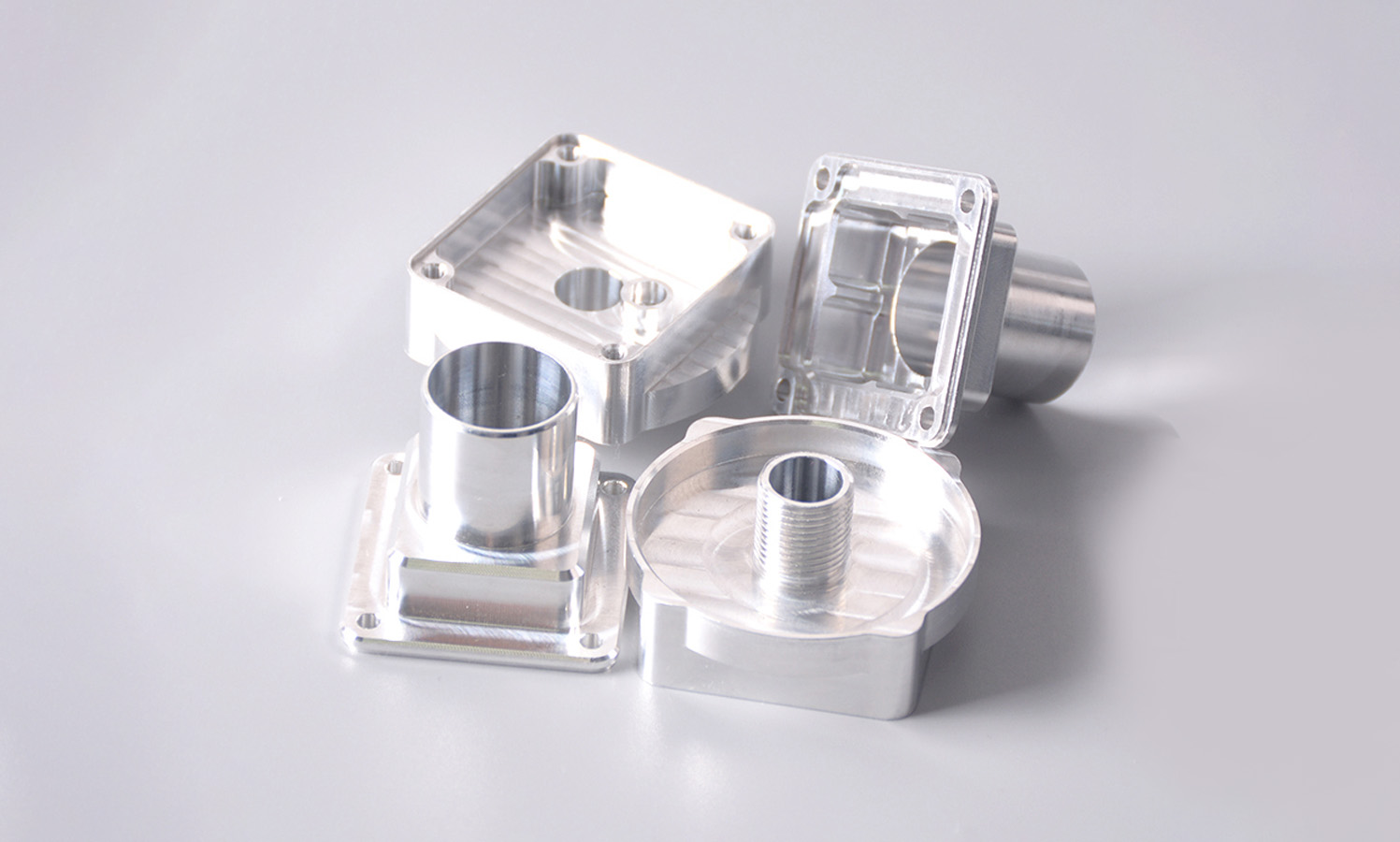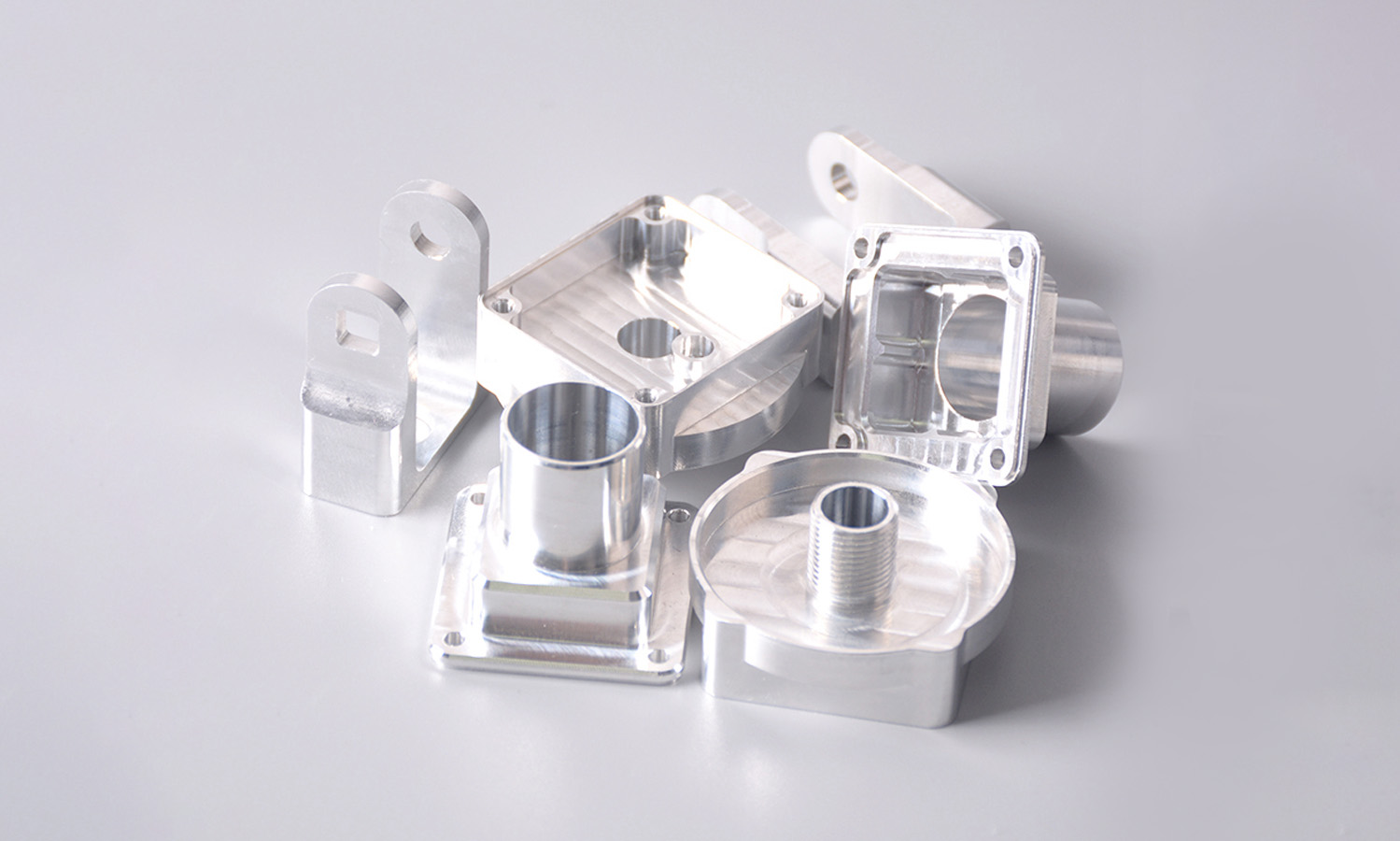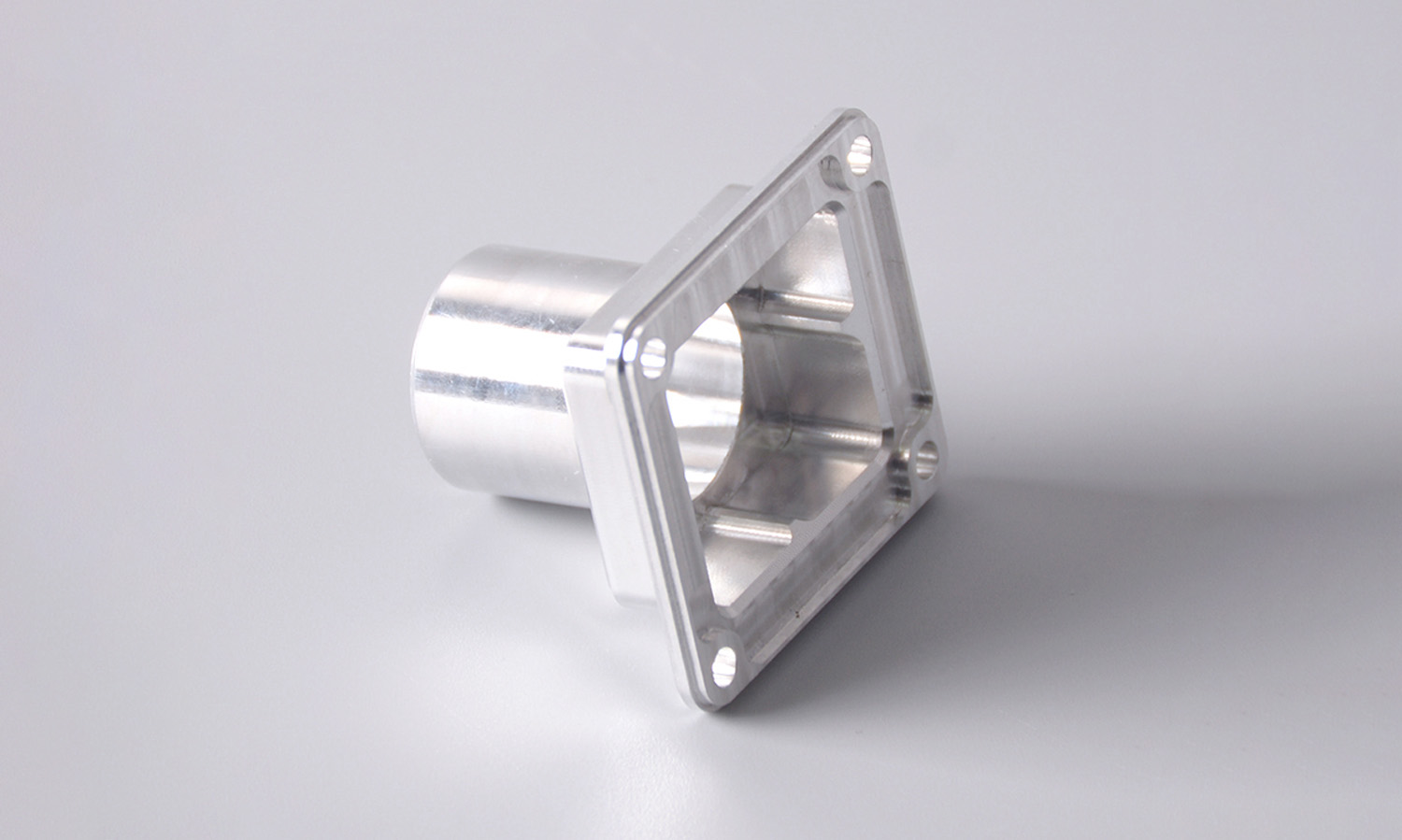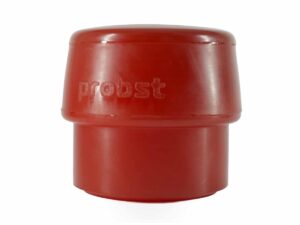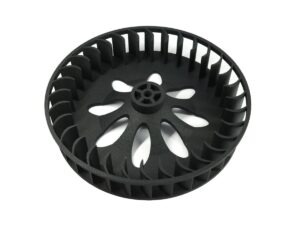Gallery
About Project
Looking for a reliable way to manage water flow in your modern kitchen? FacFox offers top-tier CNC machined solutions, including our exceptional SS316L Linear Slot Sink Drain Pan.
This sleek and functional pan boasts a shallow profile, measuring only 1-inch deep, ensuring seamless integration beneath your undermount sink.
The pan features a small flange lip, specifically designed to create a water-tight seal using silicone. This innovative design guarantees exceptional leak protection, keeping your under-sink area dry and free from moisture damage.
For added security, the pan can also be mounted in place using concrete screws or anchors, providing an extra layer of stability, especially in high-traffic kitchens.
This SS316L pan is the perfect partner for various non-traditional drains, particularly those found in slot-drain or trench drain sinks. Its linear design efficiently catches water that falls through the slotted drain, preventing water from pooling or leaking underneath the sink.
At FacFox, we specialize in precision CNC machining, delivering high-quality products like our SS316L Linear Slot Sink Drain Pan. Whether you need a standard-sized pan or a custom solution to fit your unique sink configuration, our team of experts can create the perfect drainage solution for your needs.
Contact FacFox today to discuss your project and discover how our CNC machining services can elevate the functionality and style of your kitchen.
Solution
- Step 1: The SS316L Linear Slot Sink Drain Pan was first designed using computer-aided design (CAD) software. Once the design was finalized, a sheet of SS316L stainless steel was selected and loaded onto a CNC machining table.
- Step 2: The CNC machine was then programmed to follow the precise cutting paths outlined in the CAD design. Using a variety of cutting tools, the machine meticulously cut the metal sheet, creating the overall shape of the pan.
- Step 3: the CNC machine likely employed milling techniques to create the shallow, one-inch depth of the pan. This process may have involved multiple passes with the milling tool to ensure an accurate and consistent depth.
- Step 4: Following the initial cutting and milling, the machine most likely utilized bending tools to form the small flange lip around the perimeter of the pan. This creates the designated surface for applying silicone during installation.
- Step 5: The final step involved removing the completed sink drain pan from the CNC machining table. The pan may have undergone a post-processing step, such as deburring, to remove any sharp edges left from the machining process. This ensures a smooth and safe finished product.
